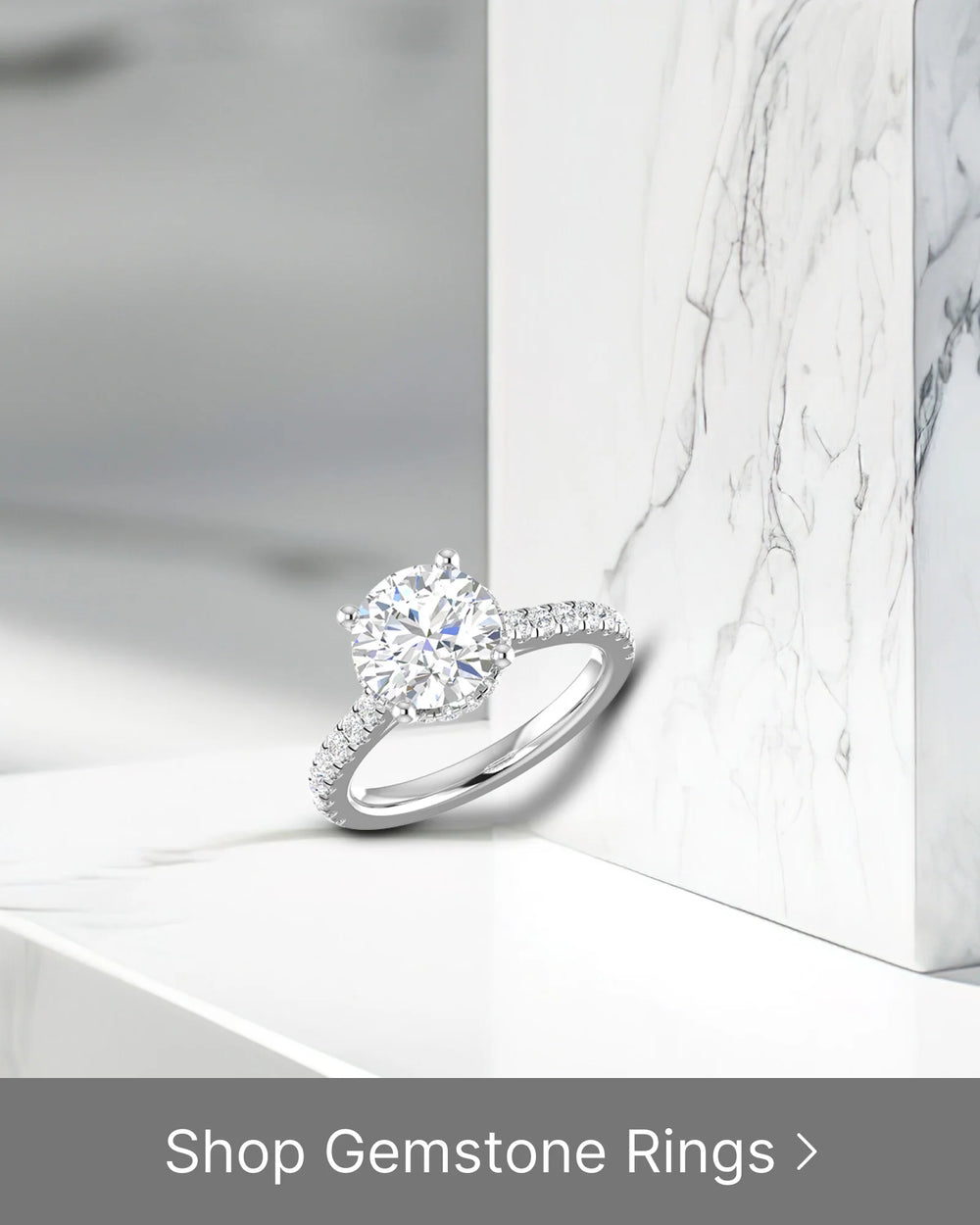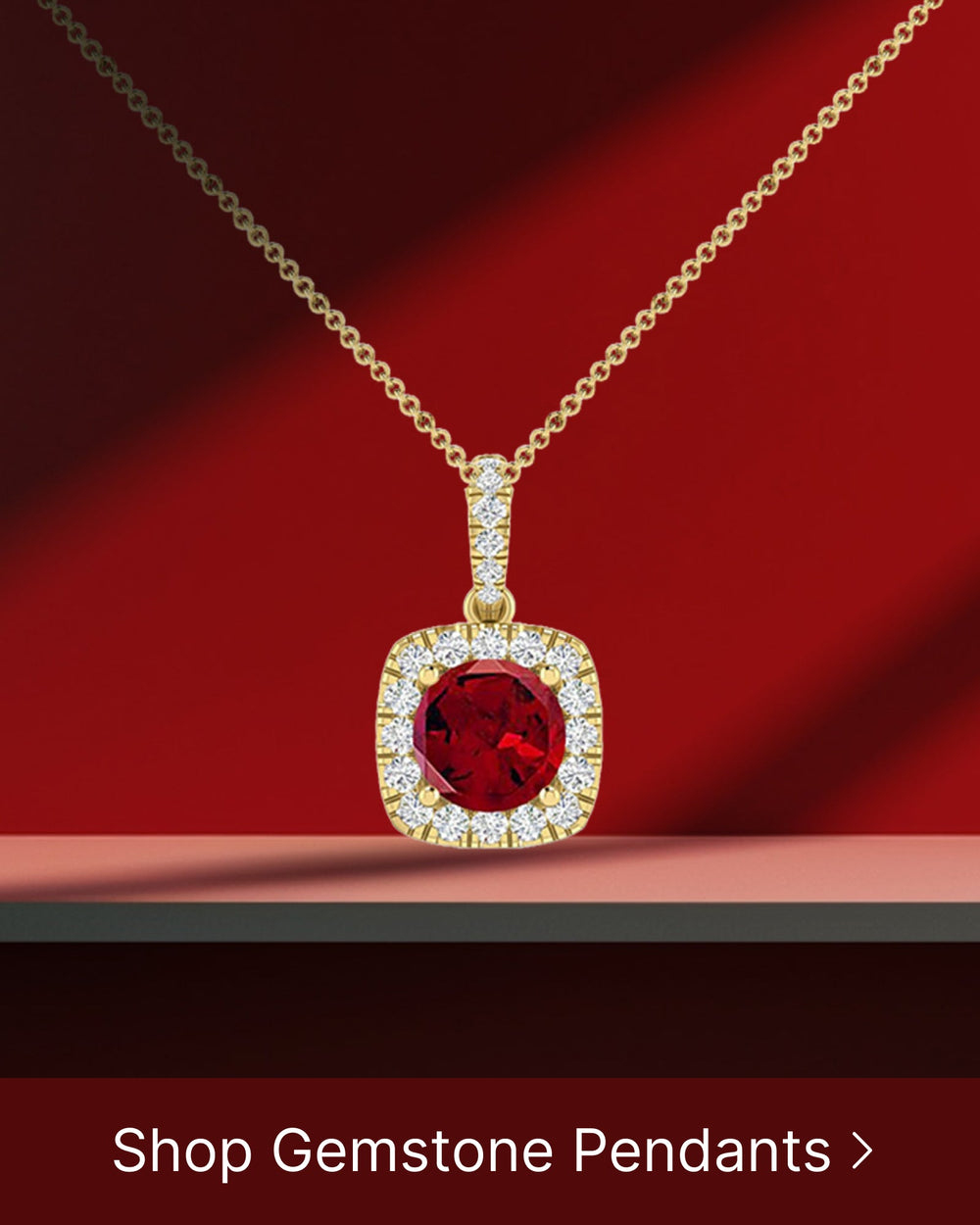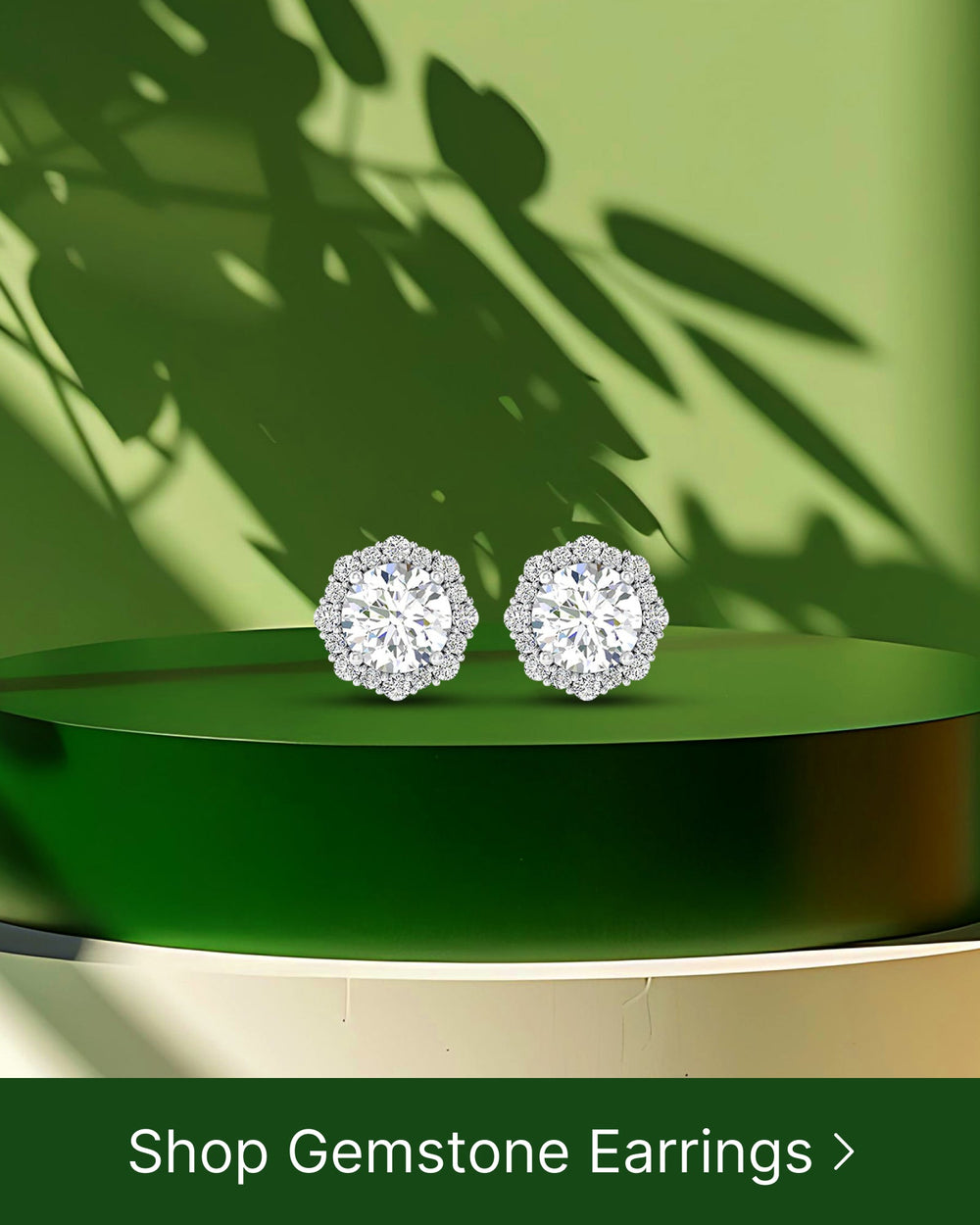Discover Tahitian Pearls: The Ultimate Guide to Buying and Educating Yourself
Tahitian pearls are known for their stunning beauty and unique characteristics. They are a popular choice for those seeking a luxurious and exotic piece of jewelry. Whether you are looking to buy a Tahitian pearl or simply educate yourself about these magnificent gems, this ultimate guide will provide you with all the information you need.
Understanding the Origin of Tahitian Pearls
Tahitian pearls are not your typical pearls. Unlike freshwater or Akoya pearls, which are formed in mollusks found in rivers and oceans, Tahitian pearls have a distinct origin. These pearls are formed in the black-lipped oyster, also known as Pinctada margaritifera, which is native to the French Polynesia and other islands in the South Pacific.
The black-lipped oyster is a fascinating creature that thrives in the warm, tropical waters of the South Pacific. These oysters can grow up to 12 inches in diameter and are known for their striking black lips, which give them their name. They have a unique ability to produce pearls that are coveted for their exceptional beauty and range of colors.
The Unique Formation Process of Tahitian Pearls
Tahitian pearls are formed when an irritant, such as a grain of sand or a piece of shell, finds its way into the oyster's soft tissue. However, the formation of a Tahitian pearl is not a simple process. It requires a delicate balance of factors to create a pearl of exceptional quality.
When an irritant enters the oyster, it triggers a defensive response. The oyster's mantle, a thin layer of tissue that lines the inside of its shell, begins to secrete a substance called nacre. Nacre is a remarkable material composed of aragonite crystals and conchiolin proteins. It is this nacre that gives pearls their characteristic luster and iridescence.
Over time, the oyster continues to secrete layers upon layers of nacre, gradually enveloping the irritant and forming a pearl. This process can take several years, with the pearl growing at a rate of about 0.5 to 2 millimeters per year. The longer the pearl remains inside the oyster, the larger and more valuable it becomes.
The Role of the Black-Lipped Oyster
The black-lipped oyster is key to the formation of Tahitian pearls. These oysters are not only known for their ability to produce pearls but also for the stunning range of colors they can produce. While the name "Tahitian pearls" may evoke images of black pearls, the reality is that these pearls come in a spectrum of colors.
The outer edge of the oyster's mantle, where the nacre is produced, plays a crucial role in creating the pearl's stunning colors. The mantle is rich in pigments, which are responsible for the wide array of hues seen in Tahitian pearls. From deep black and gray to vibrant greens, blues, and even purples, each pearl is a unique work of art.
It is important to note that the color of a Tahitian pearl is not determined solely by the oyster's genetics. Environmental factors, such as the water temperature and the presence of certain minerals, can also influence the coloration of the pearl. This makes each Tahitian pearl a truly one-of-a-kind gem, with its own story to tell.
The Distinctive Features of Tahitian Pearls
One of the most captivating aspects of Tahitian pearls is their stunning color spectrum. Unlike other pearls that are often white or cream-colored, Tahitian pearls come in a range of hues that are as diverse as the colors of a rainbow. From deep black to vibrant peacock green and everything in between, these pearls offer a unique and eye-catching appeal.
But what makes the color spectrum of Tahitian pearls truly mesmerizing? Let's delve deeper into the fascinating world of these exquisite gems.
Color Spectrum of Tahitian Pearls
The color spectrum of Tahitian pearls is truly mesmerizing. While the most sought-after pearls are those with a rich black color, other hues such as gray, green, blue, and purple are equally captivating. Each pearl possesses its own individual combination of colors, creating a kaleidoscope of shades that is simply breathtaking.
But where do these mesmerizing colors come from? The answer lies in the unique environment in which Tahitian pearls are cultivated. The black-lipped oysters that produce these pearls are found in the pristine waters of French Polynesia, specifically in the lagoons and atolls surrounding the islands. The minerals and nutrients present in these waters contribute to the vibrant and diverse colors that adorn Tahitian pearls.
Furthermore, the natural pigments found in the oysters' mantle tissue play a significant role in determining the color of the pearls. These pigments, known as conchiolin, interact with light, resulting in the iridescent and lustrous appearance that is characteristic of Tahitian pearls.
The versatility of these colors allows for endless possibilities when it comes to designing jewelry with Tahitian pearls. Whether it's a classic strand of black pearls or a statement piece featuring a combination of vibrant hues, the beauty of Tahitian pearls is sure to captivate and enchant.
Size and Shape Variations
Tahitian pearls also offer a wide range of size and shape variations. They can range in size from a small seed pearl to over 20 millimeters in diameter, making them a versatile choice for different jewelry designs. The larger pearls are often favored for statement necklaces or earrings, while the smaller ones are perfect for delicate bracelets or rings.
In addition to their size, Tahitian pearls come in various shapes, each with its own unique charm. The most coveted shape is the perfectly round pearl, which is considered the epitome of elegance and sophistication. However, Tahitian pearls also come in baroque shapes, which are irregular and asymmetrical, adding a touch of whimsy and individuality to any piece of jewelry.
Another popular shape is the drop pearl, which resembles a teardrop and is often used in earrings or pendants to create a sense of movement and grace. Lastly, the button shape, as the name suggests, is flat on one side and rounded on the other, making it ideal for creating sleek and modern designs.
Whether you prefer the classic round pearls or the unique and unconventional baroque shapes, Tahitian pearls offer a world of possibilities for jewelry enthusiasts and designers alike.
Grading System for Tahitian Pearls
When shopping for Tahitian pearls, it's essential to understand the grading system used to evaluate their quality. The grading system takes into account various factors, including luster, surface quality, and size.
The Importance of Luster and Surface
Luster refers to the pearl's ability to reflect light. A high-quality Tahitian pearl will have a deep, mirror-like luster that enhances its beauty and shine. Surface quality refers to the presence of any blemishes or imperfections on the pearl's surface. The smoother and cleaner the surface, the higher the grade of the pearl.
Understanding Pearl Nacre and Size
The thickness of the pearl's nacre is an important factor in determining its quality. A thick nacre ensures the longevity and durability of the pearl. Size is another crucial aspect, with larger pearls generally being more valuable. However, personal preference and the design of the jewelry also play a role in selecting the right size.
How to Buy Tahitian Pearls
Buying Tahitian pearls can be an exciting and rewarding experience. However, it's essential to consider a few factors to ensure you're making the right choice.
Choosing the Right Pearl Type for You
Tahitian pearls come in different types, such as loose pearls, strands, and pearl jewelry. Consider your preferences and how you intend to wear the pearls to determine which type is best suited for you. Loose pearls offer more design versatility, while strands offer a timeless and classic look.
Considerations for Buying Pearl Jewelry
If you're interested in purchasing pearl jewelry, there are a few additional factors to consider. Pay attention to the design and craftsmanship to ensure you're investing in a high-quality piece. Consider the metal type and gemstone accents, if any, to find a piece that complements your style and taste.
Caring for Your Tahitian Pearls
Proper care and maintenance are essential to keep your Tahitian pearls looking their best for years to come.
Cleaning and Storage Tips
To clean your Tahitian pearls, use a soft, damp cloth and gently wipe away any dirt or oils. Avoid using harsh chemicals or abrasive cleaners that can damage the surface of the pearls. When not wearing your pearls, store them in a soft pouch or lined jewelry box to prevent scratches and protect them from exposure to extreme temperatures or chemicals.
Avoiding Potential Damage to Your Pearls
To prevent potential damage to your Tahitian pearls, avoid exposing them to harsh chemicals, such as chlorine or hairspray. Remove your pearls before engaging in activities that may cause them to come into contact with sharp objects, such as gardening or sports. Additionally, avoid wearing your pearls in the shower or while swimming, as prolonged exposure to water can weaken the silk thread and compromise the integrity of the pearls.
By following these care tips, you can ensure that your Tahitian pearls will continue to dazzle and delight for generations to come. Whether you're buying your first Tahitian pearl or expanding your collection, armed with the knowledge and understanding gained from this ultimate guide, you can make informed decisions and truly appreciate the beauty and uniqueness of these extraordinary gems.





